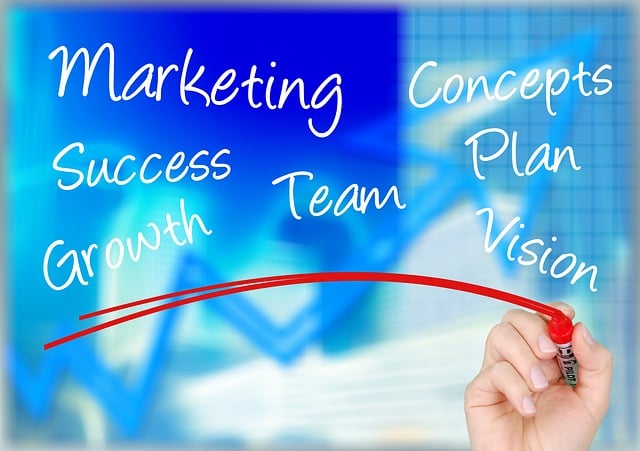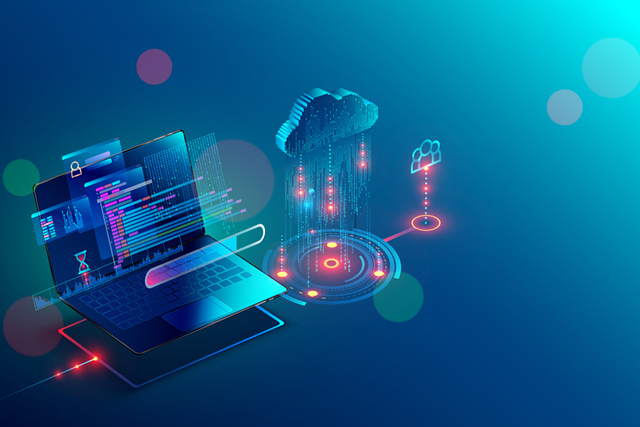AI-driven food photography optimization is transforming sales forecasting in the food industry, using machine learning to analyze product images and predict consumer preferences. This technology empowers businesses to optimize inventory, marketing, and menu planning through data-backed decisions, enhancing sales performance and customer satisfaction. For effective integration, companies should set clear objectives, ensure quality data, foster collaboration between IT and domain experts, regularly update models, and consider ethical implications for AI decision-making.
In today’s data-driven landscape, precise sales forecasting is key to business success. Artificial Intelligence (AI) has emerged as a powerful tool, revolutionizing how businesses predict and optimize their sales strategies. This article explores the transformative role of AI in sales forecasting, focusing on its ability to enhance decision-making processes. We delve into specific applications like AI-driven food photography optimization, demonstrating its impact on industries. Additionally, practical strategies and best practices for implementing AI solutions are provided to help businesses stay ahead in their market.
- Understanding AI's Role in Business Sales Forecasting
- The Impact of AI-Driven Food Photography Optimization
- Implementing AI Solutions: Strategies and Best Practices
Understanding AI's Role in Business Sales Forecasting

In today’s digital era, businesses are increasingly leveraging Artificial Intelligence (AI) to gain a competitive edge, and sales forecasting is no exception. AI-driven solutions are revolutionizing the way companies predict and optimize their sales performance, enabling more accurate and efficient decision-making processes. By utilizing machine learning algorithms and vast data analytics, AI systems can analyze historical sales trends, market patterns, and customer behavior to generate sophisticated forecasts.
One notable application of AI in this domain is its potential to enhance food industry sales forecasting. AI-driven food photography optimization, for instance, can analyze visual data from product images to predict consumer preferences and demand. This technology can assist food businesses in making informed choices about inventory management, marketing strategies, and even menu planning, ultimately improving their sales outcomes and customer satisfaction.
The Impact of AI-Driven Food Photography Optimization

The integration of AI-driven food photography optimization into business sales forecasting is transforming the culinary industry, especially for e-commerce and restaurant platforms. By leveraging advanced algorithms, these solutions enhance visual content creation, ensuring that each dish is captured in the most appealing and mouthwatering manner. This strategic approach to food photography not only boosts customer engagement but also significantly influences purchase decisions, ultimately driving sales.
With AI optimization, businesses can automate the process of adjusting lighting, composition, and color schemes, resulting in high-quality images that showcase the culinary delights accurately. Moreover, AI algorithms can analyze consumer preferences based on historical data, suggesting personalized photography styles tailored to specific target audiences. This level of customization ensures that each product image resonates with potential customers, leading to increased conversion rates and improved overall sales forecasting accuracy.
Implementing AI Solutions: Strategies and Best Practices

Implementing AI solutions, especially in sales forecasting for businesses, requires a strategic approach and best practices to ensure maximum benefits and minimal risks. One innovative application that’s gaining traction is AI-driven food photography optimization. By leveraging machine learning algorithms, companies can analyze visual data from product images to predict consumer preferences and trends. This not only enhances the accuracy of sales forecasts but also aids in inventory management and marketing strategies.
To effectively integrate AI into your business processes, start with clear objectives aligned with your sales goals. Ensure high-quality data collection and preprocessing for optimal model performance. Collaboration between IT teams, domain experts, and data scientists is crucial. Regular monitoring, testing, and updating of models based on real-world performance data are essential practices. Additionally, consider the ethical implications and ensure transparency in AI decision-making processes to build trust among stakeholders.
AI business sales forecasting solutions, particularly AI-driven food photography optimization, are transforming the way companies predict and manage their sales. By leveraging advanced algorithms to analyze historical data and market trends, these tools enable more accurate forecasts. Moreover, the integration of AI in sales processes enhances efficiency and reduces manual errors. As businesses navigate an increasingly competitive landscape, adopting AI solutions like AI-driven food photography optimization becomes crucial for staying ahead and making informed decisions that drive growth.
